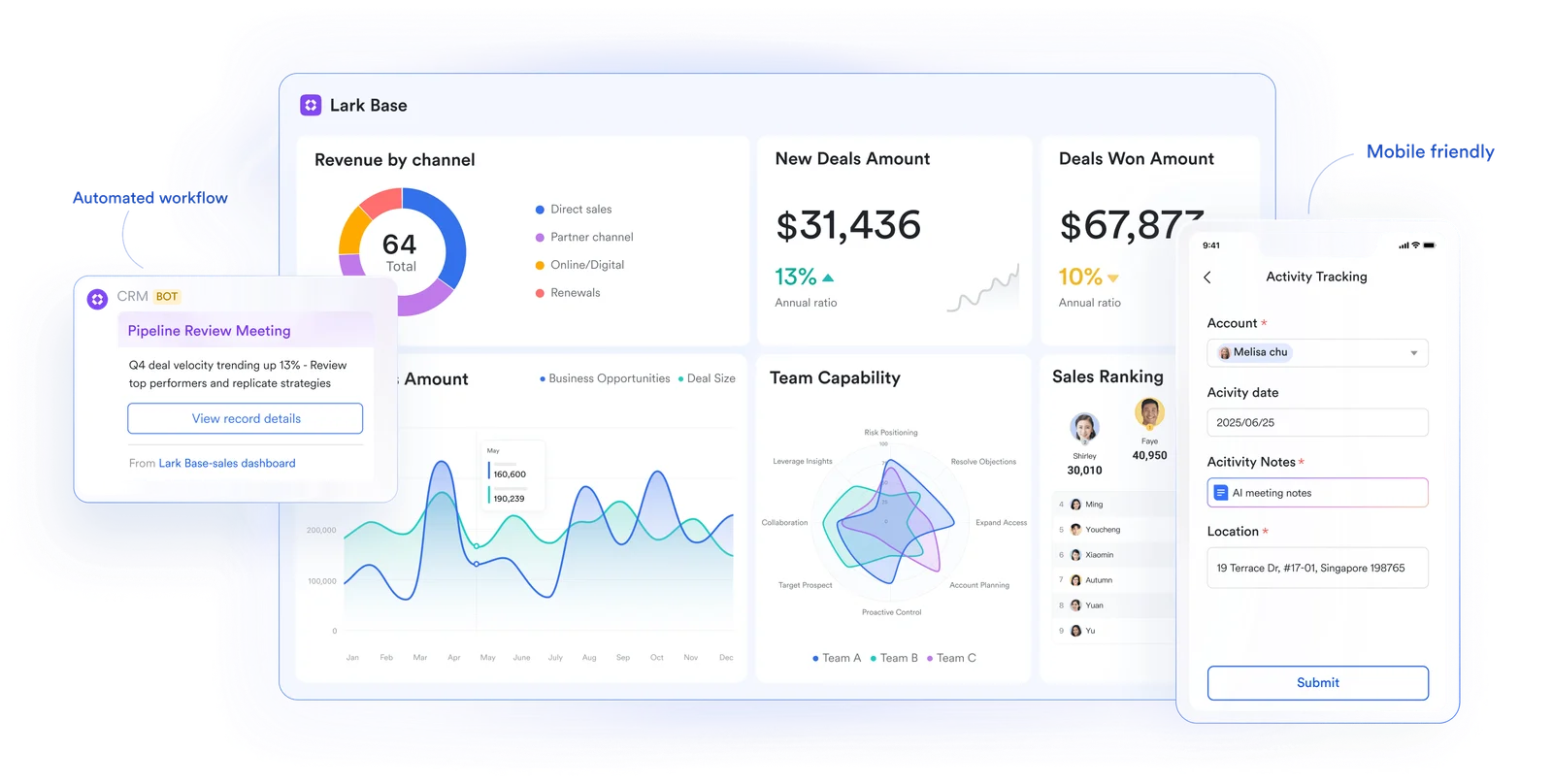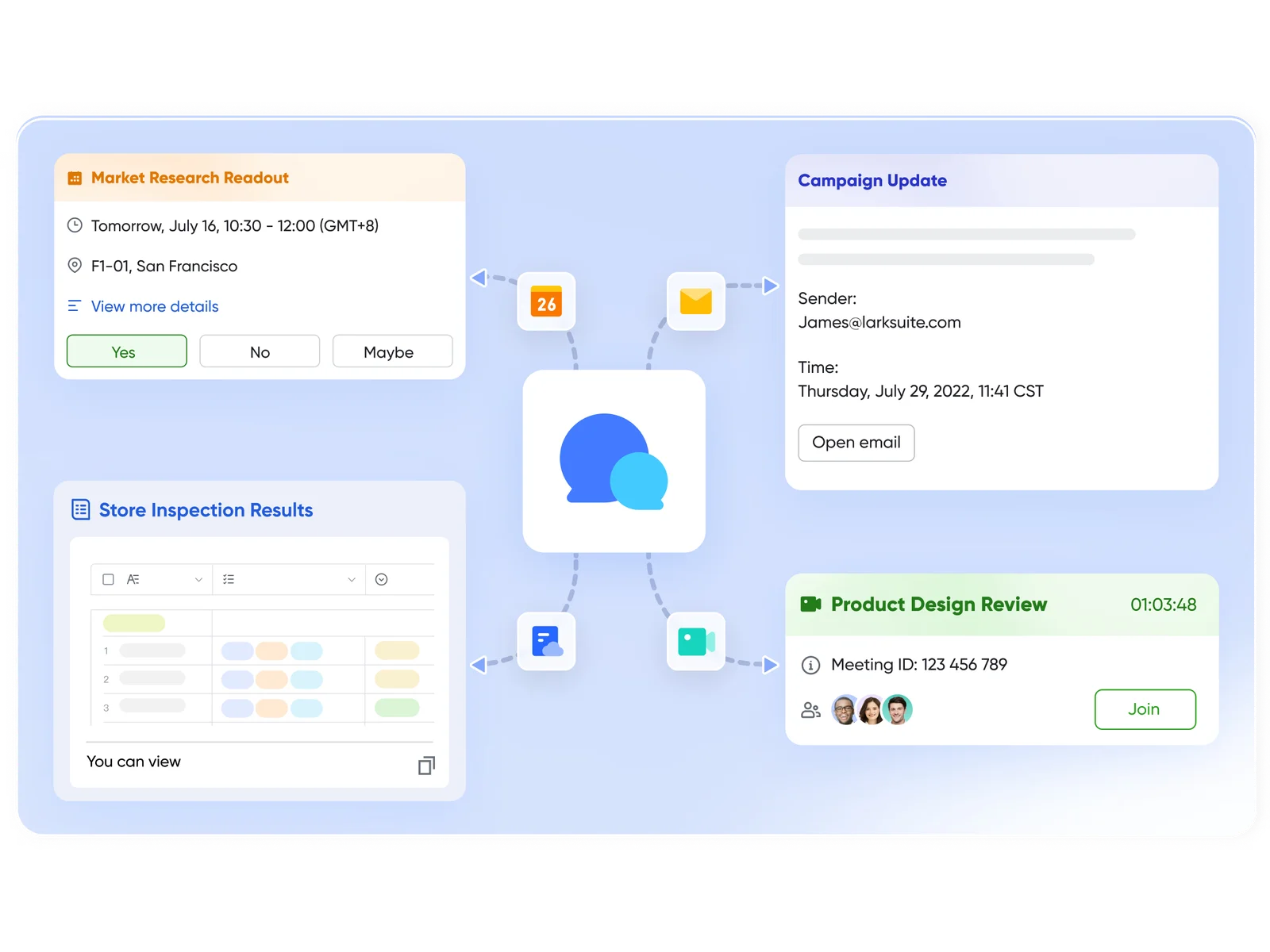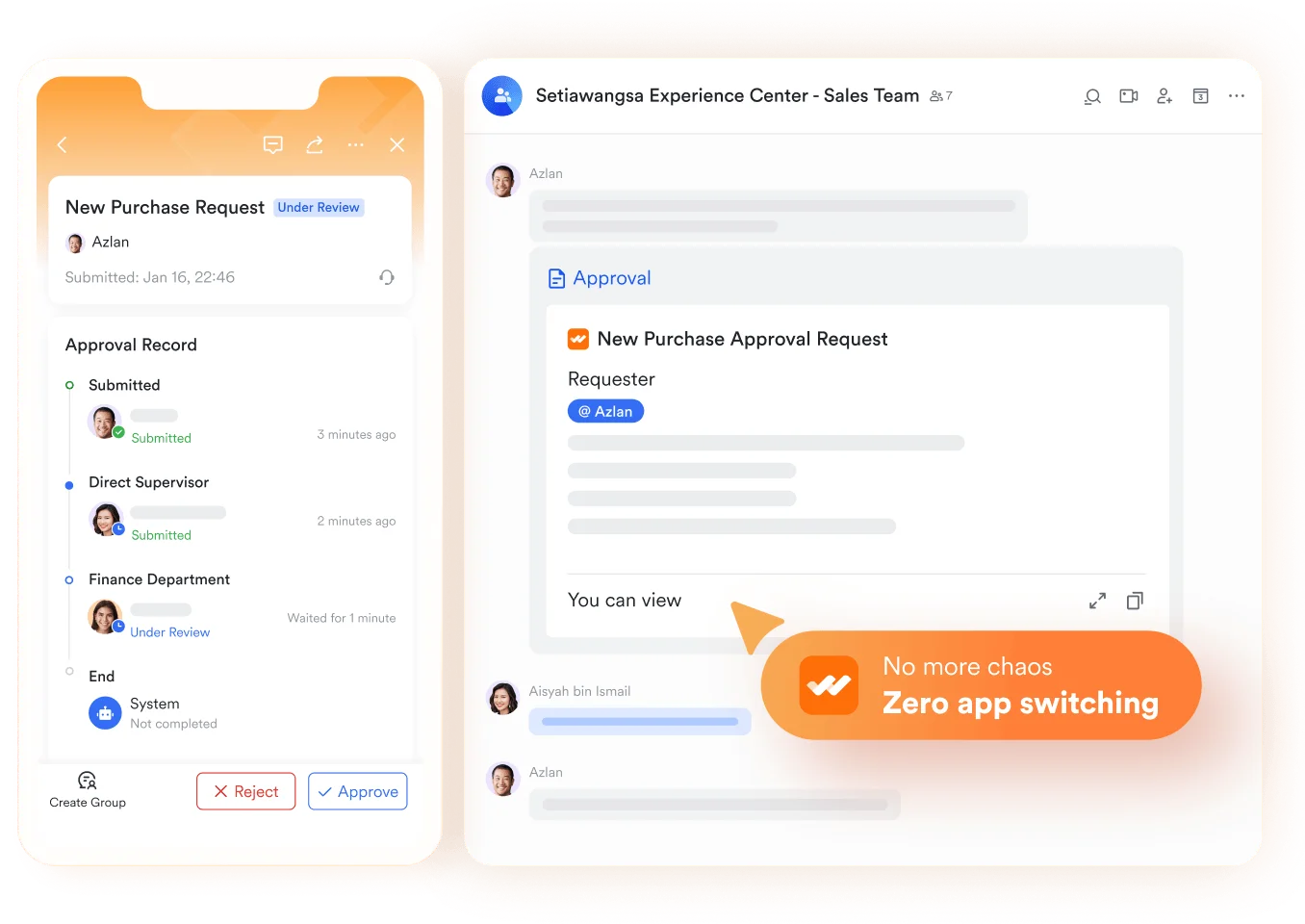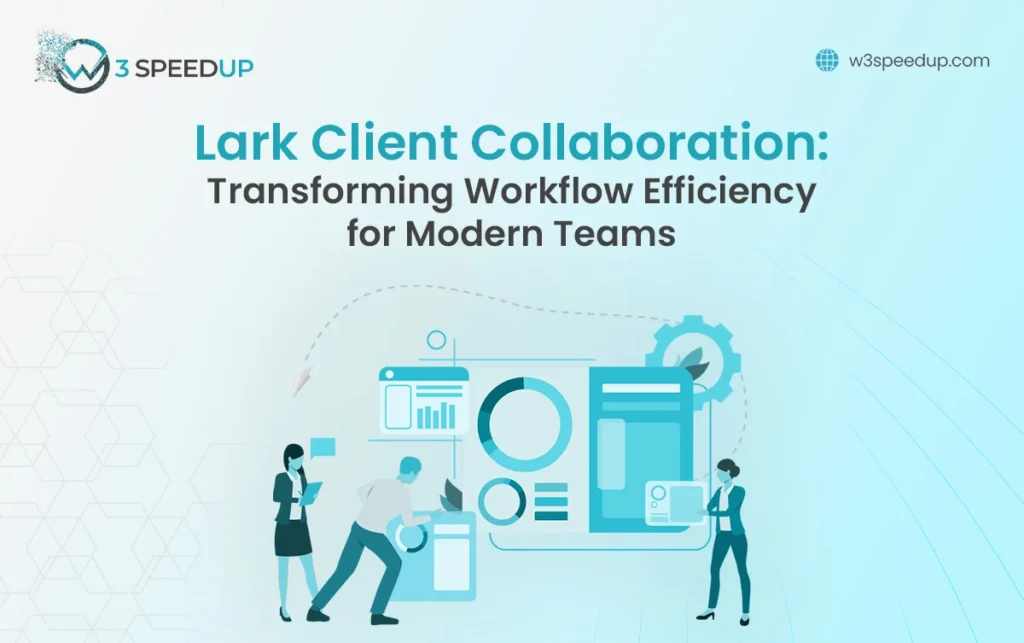How well clients work together will determine if projects are successful or not. Teams that communicate clearly, share information effortlessly, and make decisions quickly earn greater results. But a lot of companies still utilize a lot of apps, which makes it hard to remember who is in charge of what, what needs to be done, and when. Clients who want things to be clear and consistent are confused by this lack of connectivity and make things less efficient. Companies employ project management tools that put all of their responsibilities on one platform to solve these difficulties.
Lark makes it feasible to have this all-in-one space. Putting all of a firm’s communication, scheduling, documentation, approvals, and outside correspondence into one system transforms how teams engage with clients and makes things run more smoothly inside the organization.
Lark Base: Organizing client records for structured collaboration

-
Databases that can be changed: Create project trackers, onboarding records, or service logs that are tailored to each customer and fit their needs.
-
Linked records: Connect approvals, deliverables, and updates so that the client’s path stays the same.
-
Dashboards: Keep managers up to date on the status, deadlines, and results of their clients.
-
More advanced filters and tags: During evaluations, it makes it easy for teams to quickly find the right client data.
-
Access controls: Share organized information with the right individuals in your team while keeping it private.
-
Scalability: You can add extra databases as your clients’ portfolios grow without losing the structure.
-
Historical continuity: Keep track of what you’ve done in the past so that you can work together more easily in the future.
-
Cross-team visibility: Make sure that all teams that deal with clients, such as sales, service, and delivery, can see the same customer data.
Lark Messenger: Driving client dialogue with speed and context

-
Dedicated channels: Give each customer or project its own space so that conversations stay on topic.
-
Sharing files and links: Make sure that the right chats are connected to the right materials so that they are easy to find.
-
Pinned changes: Put critical things like client comments or approvals at the top.
-
Persistent histories: Keep track of all decisions to keep long-term client relationships going.
-
Making tasks from chat: Make client requests into tasks that are easy to see straight away.
-
Real-time notifications: This will help you respond faster because you won’t miss any client questions.
-
Links between features: Link Messenger chats to Base records or Docs to see the entire picture.
-
Safe space: Keep all client communications on one platform.
Lark Calendar: Aligning schedules across clients and teams

-
Shared calendars: Show when client meetings, deadlines, and reviews are due.
-
Automatic time-zone conversion: This makes it easier to work with clients from all around the world.
-
Regular sessions: Have regular meetings with clients to make sure everyone is on the same page.
-
Resources that are connected to events: To get ready for meetings, attach Docs or Base records directly to them.
-
Smart scheduling: Figure out the best times for everyone, both inside and outside the company.
-
Automatic reminders: Don’t miss any sessions or follow-ups.
-
Solving problems: To avoid problems with scheduling, find overlaps early.
-
Cross-team visibility: Make sure that all of your company’s divisions know when client-facing work needs to be done.
Lark Docs: Capturing collaboration in real time

-
Real-time co-editing: This lets many people, even teams who work with clients, edit at the same time.
-
Comments in the document: To make your feedback clear, link it to specific places.
-
Version histories: Keep track of how documents change over time so that people are responsible for what they do.
-
Task Conversion: Change concepts on paper into jobs that need to be done.
-
Linking across features: To make the context explicit, you can attach documents to calendar events or base entries.
-
Collaborative drafting: Make strategies, proposals, or deliverables collaboratively in one place.
-
Access permissions: You can safely exchange papers with clients or just your own personnel.
-
Continuity of knowledge: Keep all documents relevant to the project so you may look back at them later.
Lark Mail: Bridging external communication with internal workflows

Working with clients often goes beyond platforms and into email. Lark Mail makes sure that contact with people outside of the project is not distinct from the work on the project but is part of the same process.
-
Shared inboxes: Allow more than one employee to talk to customers at the same time.
-
Smart filters: Show emails from clients that are particularly important or time-sensitive.
-
Conversion to tasks: Turn requests that come into tasks that someone clearly owns.
-
Linked records: To keep things continuing, add email threads to Base client records.
-
Visibility across teams: Make sure that sales, shipping, and support all know about updates from outside the firm.
-
Security controls: Make sure that private communications between clients are safe on the platform.
-
Continuity tracking: Keep a record of all your emails with long-term clients.
-
More efficient: Keep all of your external communication in one system, so you don’t have to switch between tools as often.
Lark Approval: Accelerating client-facing decisions with automated workflows

-
Standardized requests: Give people templates for things like budget changes or client deliverables that need to be authorized.
-
Automated routing: Send requests to the right people right away via an automated workflow.
-
Notifications: Make sure that everyone involved acts quickly to avoid unnecessary delays.
-
Clear logs: Write down every option so that clients can hold you accountable.
-
Dashboards: See how many projects have been approved at once.
-
Role-based access: Keep sensitive decisions safe.
-
Connections between features: Directly connect approvals to tasks or Base records.
-
Happy clients: Make choices more quickly to show that you are receptive.
Conclusion
If your tools are all over the place, you won’t be able to work successfully with clients or get things done quickly. They need a place where all of these things-talking to each other, doing paperwork, making plans, getting permissions, and talking to others outside the company-can happen without any problems. Base aggregates client data, Messenger starts interactions, Calendar syncs schedules, Docs saves shared knowledge, Mail integrates updates from other sources, and Approval speeds up decisions through automated processes. Lark gives teams today the tools they need.
By putting these services together on one platform, businesses can cut down on misunderstanding, make people more accountable, and get to know their clients better. Employees have more time to get things done and less time to deal with changes. Lark alters the way teams and clients work together in a world where working together is the key to success.



